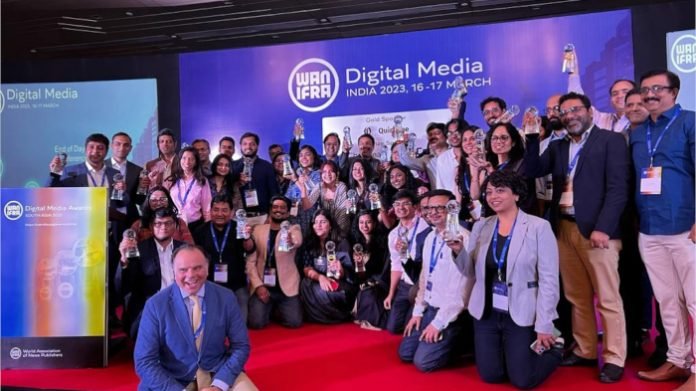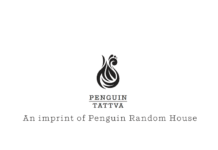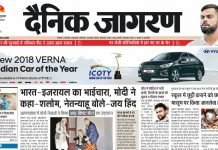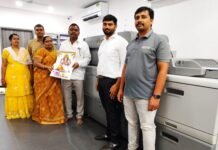Last year at the Bengaluru Wan- Ifra Conference we heard of the changes in the newsroom where morning editorial meetings were held early to meet the expectations of the digital reader and produce content for websites during the day.
The trend seems to be catching on as journalists are slowly being turned into broadcasters through instant news presentation and follow up via social media.
The Wan-Ifra digital media conference 2014 scheduled to be held at Chennai on 5 and 6 February brings together a range of speakers from India and abroad to share their experience as publishers, editors, journalists and broadcasters.
Prominent among the speakers will be Tony Danker, international director of Guardian News & Media, UK who manages the strategic partnership with media companies as well as content acquisition and syndication.
In Chennai he will explain how publishing as a word has now become redundant while journalism has become an ongoing conversation between journalist and reader and has the new roles for all the stake holders.
Will quality suffer?
At the Jaipur BookMark we heard Bikash Niyogi managing director of Niyogi Books say, “If content producers
start concentrating on broadcast and marketing when will they think of new content? Writing is a thinking job and it requires time to shape up a good insightful story. Instant gratification of readers does not lead to high quality content.
” Apart from this logic which is partly correct, one wonders why the hot shot marketers are not given the broadcast training (which is perhaps closer to their domain) than those of the content creators. If the marketing team does not drive the digital initiative, then the effort of the editorial team to enhance revenue generation may be totally wasted.
Anant Goenka, director and head of New Media at The Indian Express will share some of the experience and best practices learned from social media by his news organization.
According to him, using social media only with the objective of increasing traffic to the website isn’t sustainable. And, there is no success without the participation of the hardcore newspaper journalists.
Language dailies share insights
The Wan-Ifra digital media conference 2014 promises exciting fare because of the insights of Indian language dailies that are flourishing.
Innovative use of technology, diversity and more pictorial in content, more tabloid in look and feel, breaking news, pushing up trending stories, add-on applications such as classifieds and real estate, online shopping and travel will give a greater emphasis of digital content.
With page views in billions and unique visits in millions for the news sites of Indian language dailies, their successes are noteworthy.
At the Bengaluru Wan-Ifra 2013, we heard about the positive digital experience of Malayala Manorama. At Chennai we will hear NP Rajendran deputy editor of Mathrubhumi, Sukirti Gupta, CEO, MMI Online of Jagran Prakashan and Amitabha Sinha, IT Strategy & Development, Anandabazar Patrika.
Language dailies are always extremely interesting, because they are constantly gaining in market share and advertisement revenue and some have even moved ahead of the English language dailies. Apart from this, the language script may provide a natural barrier for the digital aggregation giants — a possible ingredient in the continued success of print publishing in India through the next decade


















